 Vegan, fair & sustainable shopping in The United Kingdom 4.8
Vegan, fair & sustainable shopping in The United Kingdom 4.8 



 Check out reviews
Check out reviewsHow ethical and sustainable are your cosmetics?
 Jopie, Anna, João, Brenda & Polly
Jopie, Anna, João, Brenda & Polly
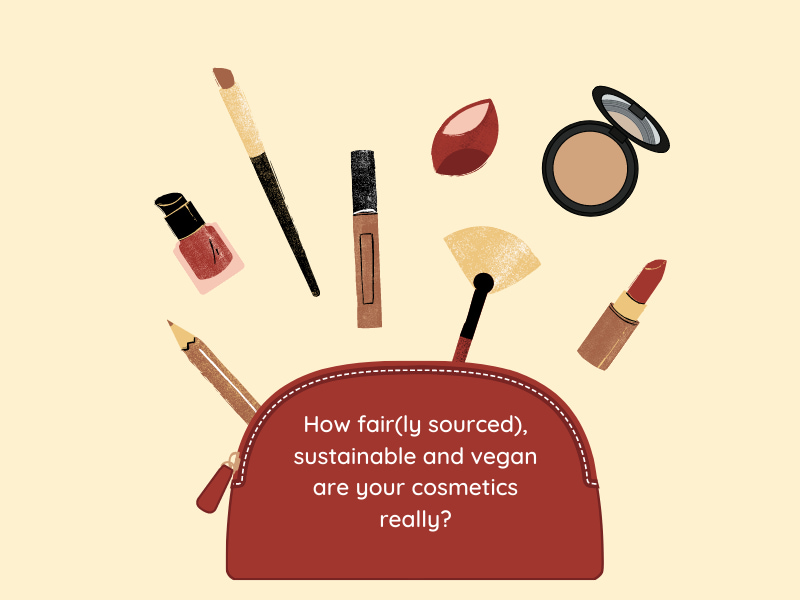
Where does the cotton in your jeans come from? What are the working conditions of the people who sew your T-shirts? Chances are you won't be able to answer these questions very quickly.
But what about more sustainable cosmetics? Many brands advertise with 'natural' and vegan ingredients in their products. Sounds good, right?
Sadly, the lack of transparency in the cosmetics industry is at least as problematic as in the fashion industry. Both industries have large issues such as poor and unsafe working conditions, child labour, modern slavery and a major impact on the environment. The more steps in the process from raw material to end product, the more complicated it is to figure out what exactly is going on behind the scenes.
As a result, companies that label themselves as 'sustainable' usually do not know what is happening in the early phases. Where do the ingredients in cosmetics actually come from? And what is the impact on our environment?
In this article:
- Different raw materials and where they come from
1. Animal-based raw materials
2. Plant-based raw materials
3. Mineral raw materials - Hazardous substances and safety in the cosmetics industry
- Do ethical and sustainable cosmetics actually exist?
- 3 useful tips to shop for more sustainable cosmetics
Diving in deep: different raw materials used in cosmetics and where they come from
Different types of ingredients come with different types of issues. In this blog, I make a distinction between three groups of ingredients and raw materials.
There is a fourth group, synthetic ingredients, but given that they can all be traced back to raw materials, these actually fall under these three groups as well. You can't conjure a synthetic ingredient out of thin air, of course!
1. Animal-based raw materials: where do they come from?
Animal-based raw materials largely come from factory farming or commercial fisheries. These materials are often by-products, such as offal, animal fats, beeswax as a by-product of honey. Or, for example, hyaluronic acid, which is sometimes plant-based, but is also extracted from the combs of chickens and roosters.
If you're vegan and came here to shop vegan stuff, I'm sure I don't have to explain what cruelties lie behind this. Are you new to the vegan game? Then read our blog about the importance of veganism!
Factory farming is one of the most polluting industries in the world. Moreover, the trade in by-products is often extremely lucrative – sometimes even more lucrative than meat production itself.
So you don't buy something that would actually be thrown away, but indirectly and unintentionally still contribute to nasty things such as animal cruelty and environmental pollution. And that is the last thing you want when you buy a new mascara or face cream, right?
Examples of animal ingredients: tallow in foundations, skin care and shampoos, the red dye carmine, silk extract in soap and hair care products, some types of fatty acids, and beeswax in lipstick and mascara.
2. Where do plant-based raw materials come from?
Plant-based raw materials are generally more environmentally friendly than animal products, but still come with a host of issues of their own. How sustainably the raw material is extracted and under which working conditions can vary greatly.
Let's take cotton as an example; a commonly used raw material in skincare. The cotton industry is highly polluting, partly due to the use of pesticides, and uses an enormous amount of water.
Another example: cocoa production is notorious for slavery and child labour. Cocoa is not only the main ingredient in chocolate, but is a popular cosmetic ingredient in the form of cocoa butter.
Growing almonds for almond oil, among other things, consumes a lot of water and is partly the cause of the drought in California.
Plant-based raw materials may also be filtered or processed in the production process with the help of animal products, which is often difficult or even impossible to find out. We’re not getting any happier here! We’ll just dig into another box of vegan donuts...
Examples of plant-based ingredients: Carnauba wax in lipstick, lip balm, mascara en pomades, cotton extract in creams, almond oil in skincare, and cocoa butter, shea butter, argan oil and essential oils in creams.
3. Mineral raw materials and their origin
The origin of mineral raw materials in the cosmetics industry is not discussed much, but definitely needs attention. You will find them mainly in 'natural' cosmetics, but most cosmetics actually contain minerals of some kind.
Mineral raw materials include salts, but also many pigments, metals, mica and clay, and everything that comes from a mine.
The extraction of these raw materials has some enormous issues concerning child labour and working conditions. These mines are often located in countries where there is little or no legislation for living minimum wages.
The risk of health problems for miners is enormous – especially lung diseases are very common due to the inhalation of dust particles and toxic substances.
For example, mica, a common ingredient in eyeshadows, foundation and lip products, is often mined by children under hazardous working conditions.
Examples of mineral ingredients: clay in face masks, talc in powders, mica, zinc in creams, salts in scrubs, and many pigments such as red and yellow ochre, ultramarine, chromium oxide and manganese violet.
Hazardous substances and safety in the cosmetics industry
As we have seen in the previous paragraphs, there's a big ethical problem with many ingredients: the working conditions of many miners and workers are downright appalling and the extraction of many raw materials has a major impact on the environment as well.
The EU has strict safety guidelines for the use and processing of chemicals via REACH, the European regulation on the production and trade of chemicals, but many raw materials that are extracted and processed outside the EU are not up to scratch.
The FDA and EPA, the government organizations in the United States that deal with the safety of finished products and raw materials, have different standards and are often influenced by lobbyists from the cosmetics, food and chemical industries.
Is there ever an end to all of this misery? We're already on our third box of vegan donuts… But do read on, for there is a light at the end of this tunnel!
Do ethical, sustainable and vegan cosmetics actually exist?
The question of whether there is such a thing as 'ethical and sustainable' cosmetics is not an easy one to answer, seeing that the cosmetics industry is practically as big and with as many transparency issues as the fashion and textile industry.
But even if we don't know everything, we can still make better and more sustainable choices. To help you out, I’ve got a few tips for you to shop your cosmetics as ethically and sustainably as possible.
-
Always opt for vegan and cruelty-free cosmetics. If you do this, you’ll at least avoid animal cruelty as much as possible.
-
Pay attention to the packaging of your cosmetic product. Avoid plastic and choose brands that use more sustainable packaging materials such as recycled cardboard.
-
Do you doubt whether a cosmetics brand is really as sustainable as they claim to be? Email them! Ask critical questions about the origin of raw materials and the working conditions of workers and don't be put off with vague answers. When faced with critical and persistent consumers, cosmetic brands are more likely to change their policies.
All the purchases we make put a strain on the world around us. By making more conscious choices and holding brands and companies accountable, we can ensure that this strain remains as small as possible and even has a positive impact!
Want to read more about vegan, sustainable and cruelty-free cosmetics? Check out some of our other articles below.
Sources:
Rethinking FDA's Regulation of Cosmetics, Grace Wallack, Harvard Journal on Legislation, 2019.
Cosmetics Industry Seeks FDA Recall Power Over Tainted Makeup, Megan Wilson, Bloomberg Government, 2019.
Here’s the Real Problem With Almonds, Tom Philpott & Julia Lurie, The New Republic, 2015.
Shea butter in Ghana: Hard labour for smooth skin, Akwasi Sarpong, BBC Africa, 2016
Unethical Beauty is Hard to Escape, Renee Yang, The Startup, 2019.
Who's going to pay to end child labour in West African cocoa?, Dario Soto Abril, Fair Trade International, 2020.
Beauty companies and the struggle to source child labour-free mica, Peter Bengtsen & Laura Paddison, The Guardian, 2016.
Your Beauty Products May Involve Human Rights Abuses, Cheryl Wischhover, Racked, 2018.
Haribo investigates slavery in supply chain, Katy Askew, Food Navigator, 2017.
.jpg)
 T-Shirts & Tops
T-Shirts & Tops  Shirts & blouses
Shirts & blouses  Dresses
Dresses  Skirts
Skirts 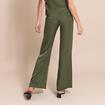 Pants
Pants  Jeans
Jeans  Knitted sweaters & cardigans
Knitted sweaters & cardigans  Hoodies & sweatshirts
Hoodies & sweatshirts  Coats & jackets
Coats & jackets  Suits & co-ord sets
Suits & co-ord sets  Lingerie & underwear
Lingerie & underwear  Legwear
Legwear  Lounge & nightwear
Lounge & nightwear  Sportswear
Sportswear  Jumpsuits & dungarees
Jumpsuits & dungarees 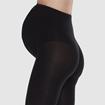 Maternity Clothing
Maternity Clothing 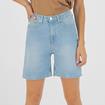 Shorts
Shorts .jpg) Swimwear
Swimwear 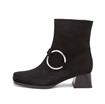
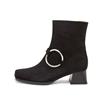 Boots
Boots  Sneakers
Sneakers  Slippers
Slippers  Heels
Heels  Loafers & flats
Loafers & flats  Hiking & sports shoes
Hiking & sports shoes 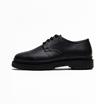 Lace-up shoes
Lace-up shoes 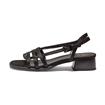 Sandals
Sandals  Shoe care & accessories
Shoe care & accessories 
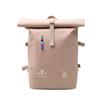 Backpacks
Backpacks 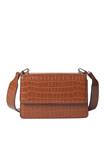 Crossbody bags
Crossbody bags 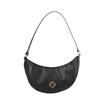 Handbags
Handbags  Shoulder bags
Shoulder bags 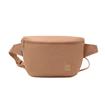 Bum & belt bags
Bum & belt bags  Shoppers & Totes
Shoppers & Totes  Laptop bags
Laptop bags 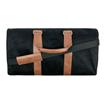 Travel bags & sports bags
Travel bags & sports bags  Clutches
Clutches  Toiletry Bags
Toiletry Bags 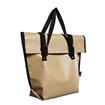 Cycle bags
Cycle bags 
.jpg) Hats
Hats  Scarves
Scarves  Gloves
Gloves 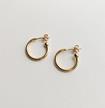 Jewelry
Jewelry 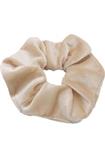 Hair accessories
Hair accessories 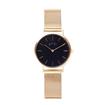 Watches
Watches  Belts
Belts  Wallets
Wallets  Sunglasses
Sunglasses  Laptop sleeves & phone cases
Laptop sleeves & phone cases  Key rings
Key rings  Face masks
Face masks 
 T-Shirts & Polo's
T-Shirts & Polo's  Shirts
Shirts 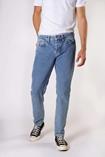 Jeans
Jeans  Pants
Pants  Coats & jackets
Coats & jackets  Knitted sweaters & cardigans
Knitted sweaters & cardigans  Hoodies & sweatshirts
Hoodies & sweatshirts 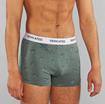 Underwear
Underwear  Socks
Socks  Sportswear
Sportswear 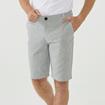 Shorts
Shorts 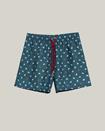 Swimwear
Swimwear  Lounge & nightwear
Lounge & nightwear  Sneakers
Sneakers 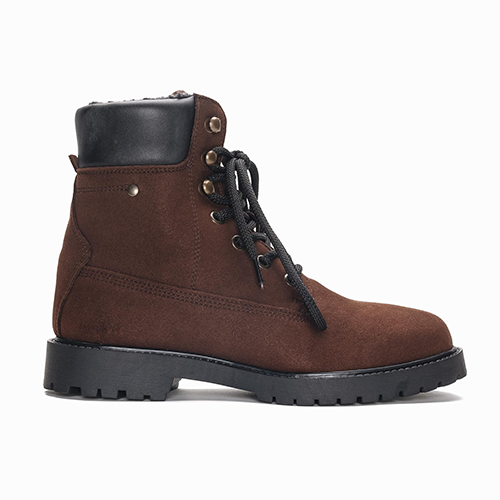 Boots
Boots  Dress shoes
Dress shoes  Hiking & Sports Shoes
Hiking & Sports Shoes  Slippers
Slippers  Loafers & mocassins
Loafers & mocassins 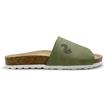 Flip flops & sandals
Flip flops & sandals 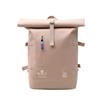
 Backpacks
Backpacks 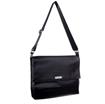 Shoulder bags
Shoulder bags  Cotton bags
Cotton bags  Toiletry bags
Toiletry bags 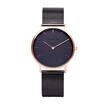
.jpg) Hats & beanies
Hats & beanies  Watches
Watches  Belts
Belts  Wallets
Wallets  Ties & bow ties
Ties & bow ties  Sunglasses
Sunglasses  Key rings
Key rings 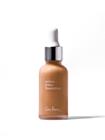
 Bronzer
Bronzer 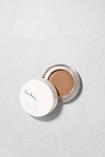 Concealer
Concealer  Powder
Powder  Blush
Blush  Highlighter
Highlighter 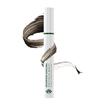
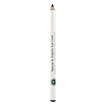 Eyeliner & eye pencil
Eyeliner & eye pencil 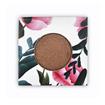 Eyeshadow
Eyeshadow 

 Lipstick
Lipstick 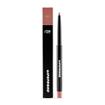 Lip liner
Lip liner 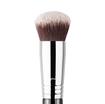

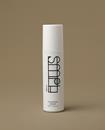 Face cleanser
Face cleanser 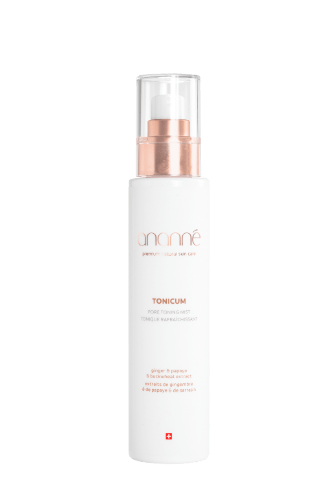 Toner
Toner 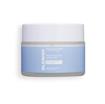 Exfoliants
Exfoliants  Serum
Serum 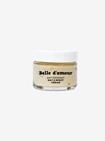 Moisturiser
Moisturiser 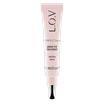 Eye cream
Eye cream 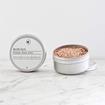 Face masks
Face masks 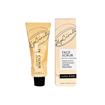 Face scrub
Face scrub  Lip balm
Lip balm 
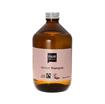 Shampoo
Shampoo  Conditioner
Conditioner 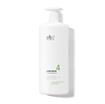 Hair care
Hair care 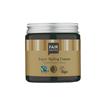 Hair styling
Hair styling 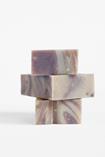
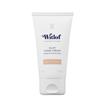 Hands & feet
Hands & feet 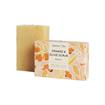 Shower
Shower  Body lotions, butters & oils
Body lotions, butters & oils 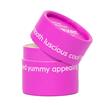 Deodorant
Deodorant  Oral care
Oral care 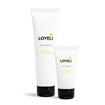


.jpg) Candles & fragrance sticks
Candles & fragrance sticks .jpg) Vases & planters
Vases & planters  Lighting
Lighting .jpg) Cushions
Cushions  Other home decor
Other home decor .jpg) Furniture
Furniture 
 Tableware
Tableware .jpg) Kitchen tools
Kitchen tools .jpg) Storage jars
Storage jars 
 Bed sheets
Bed sheets  Duvet covers
Duvet covers  Throws & blankets
Throws & blankets  Pillow covers
Pillow covers 
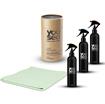 Cleaning
Cleaning 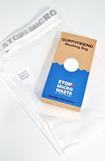 Laundry bags
Laundry bags .jpg)
.jpg)
.jpg) (Reusable) Notebooks
(Reusable) Notebooks 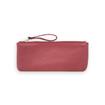 Pencil cases
Pencil cases .jpg)

 Clothing
Clothing 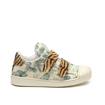 Shoes
Shoes  Bags
Bags  Accessories
Accessories  Toys
Toys 
 Clothing
Clothing  Accessories
Accessories  Toys
Toys 

